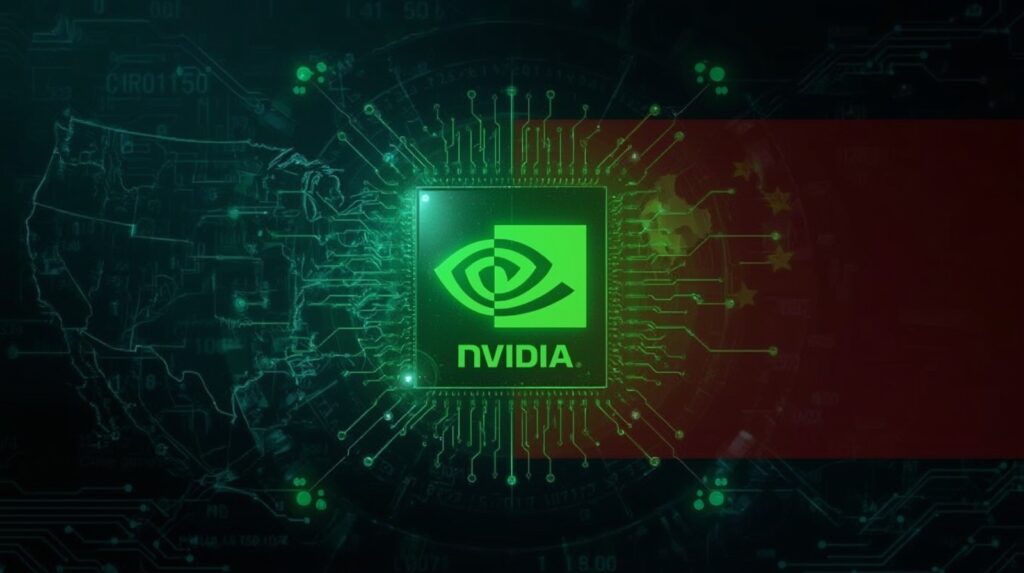
AI CERTS
5 months ago
Nvidia CEO Meets Chinese Officials Amid AI Chip Talks

🤖 What Happened?
The high-profile meeting between Jensen Huang, CEO of Nvidia, and Minister Wang Wentao took place in Beijing amidst renewed interest in AI cooperation between the U.S. and China.
According to China’s Ministry of Commerce, both parties discussed:
- The future of AI investment in China
- Cross-border collaboration on semiconductors and GPUs
- Nvidia’s commitment to support local AI ecosystems
The meeting is considered a positive signal for Nvidia’s future operations in China, which were previously disrupted by the U.S. government's AI chip export restrictions.
🚀 Why It Matters
This move reflects broader global shifts:
- Nvidia’s H20 AI chips, designed to comply with U.S. export controls, are now being distributed to Chinese tech giants like Alibaba, Tencent, and Baidu.
- The H20 chips are optimized for large language models (LLMs) and computer vision, a core area of AI growth in China.
- Stock analysts view this as a key revenue opportunity for Nvidia, with Chinese demand potentially boosting its Q3 and Q4 earnings.
“Resuming chip sales to China could account for a 12% bump in Nvidia’s international revenue by early 2026,” said a Morgan Stanley analyst.
🏛️ Diplomatic Overtones
This is more than just a business deal. It marks:
- A softening stance in U.S.–China AI diplomacy
- China’s willingness to welcome foreign tech investments
- Potential groundwork for future AI regulation frameworks
Minister Wang emphasized that China remains open to foreign capital in frontier technologies, especially those promoting digital productivity and automation.
📉 What About U.S. Policy?
While Nvidia has adapted by creating “compliance chips” like the H20, Washington has shown signs of tightening export policies even further.
The Bureau of Industry and Security (BIS) is evaluating stricter thresholds on chip power and scalability, which may:
- Impact Nvidia’s ability to tailor future AI chips for Chinese customers
- Push China to accelerate its domestic semiconductor R&D
💡 Quick Facts: Nvidia H20
| Feature | Description |
|---|---|
| Designed For | LLMs, computer vision, and AI training |
| Specs | 96GB HBM3, 700W TDP |
| Export-Compliant | Yes (with U.S. control restrictions) |
| Competitors in China | Huawei Ascend, Biren BR100 |
🔮 What’s Next?
Nvidia is expected to:
- Expand AI research partnerships with Chinese universities
- Increase localized support for developers using CUDA in China
- Potentially open new AI research hubs in Shanghai or Shenzhen
Meanwhile, China is reportedly investing $3.2B in GPU development under its AI 2030 National Vision Plan, aiming for chip self-sufficiency.
🧠 Final Takeaway
This landmark meeting could reshape the AI chip landscape. As Nvidia strategically balances innovation with regulation, its foothold in China may well define the next era of global AI leadership.
Supercharge Your Career with AI CERTs
→ Get certified and stay ahead in the AI era. Explore industry-recognized AI CERTs programs designed for professionals.
Curious about the future of virtual productivity tools? OpenAI Launches ChatGPT Task-Handling Agent for Advanced Automation.



